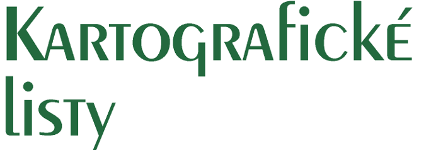Veronika HAJDÚCHOVÁ, Richard FECISKANIN
Edge detection using triangular network decimation
Hajdúchová, V., Feciskanin, R.: Edge detection using triangular network decimation. Kartografické listy, 2025, 33 (1).
Abstract: Edge detection is an important part of various tasks in the geographic information systems, photogrammetry, and computer vision. Existing methods mostly work on 2D raster images, where different algorithms are used to examine changes or discontinuities in the color or saturation of pixels. In this article, we present a method and script that is capable of edge detection on 3D triangulated irregular network (TIN) models. This approach works with the triangle normals, calculating the angle between the normals of adjacent triangles. Angle between triangles can show inclination differences of adjacent triangles, so if the angle is smaller than given threshold value, the adjacent triangles have small plane inclination difference, which means that those triangles belong to the same plane, but when there is bigger angle, it can indicate discontinuity – edge on model.
Keywords: edge detection, digital elevation model, triangular irregular network, 3D mesh, QECD, Python

